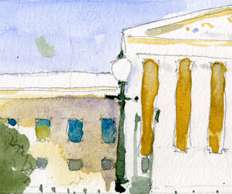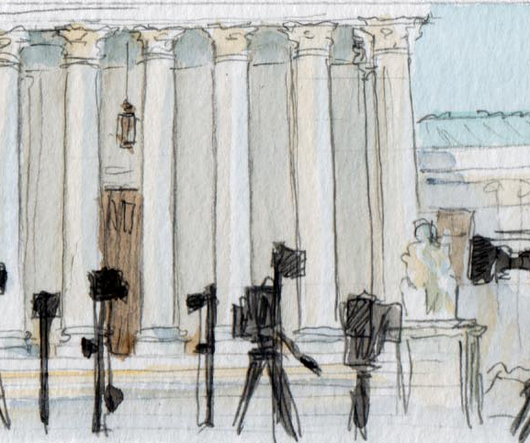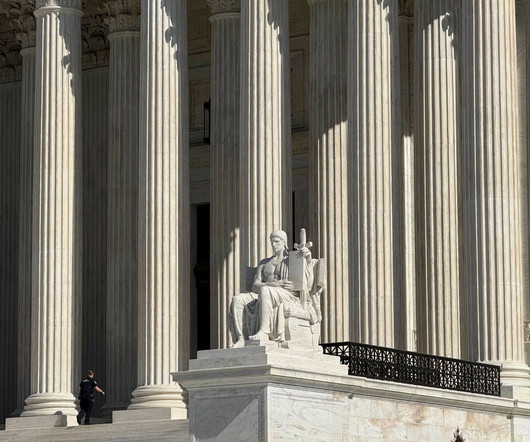A bungled house sale, a bankrupt couple, and a statutory puzzle involving debts incurred through fraud
SCOTUSBlog
DECEMBER 3, 2022
Dissatisfied with the purchase, Buckley eventually obtained a judgment in a California state court based on the failure of the Bartenwerfers to disclose information about the house on the standard-form Transfer Disclosure Statement. Buckley also emphasizes a Supreme Court decision from 1885 (not a typo), Strang v.















Let's personalize your content